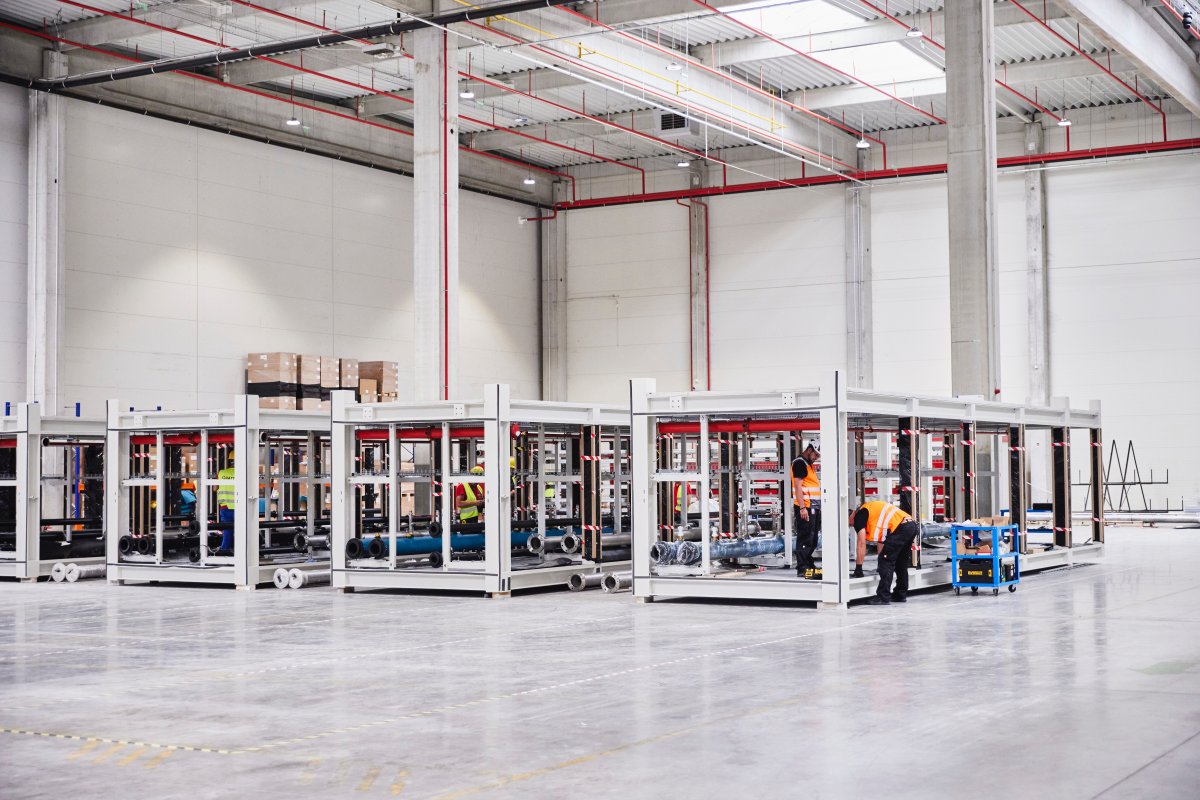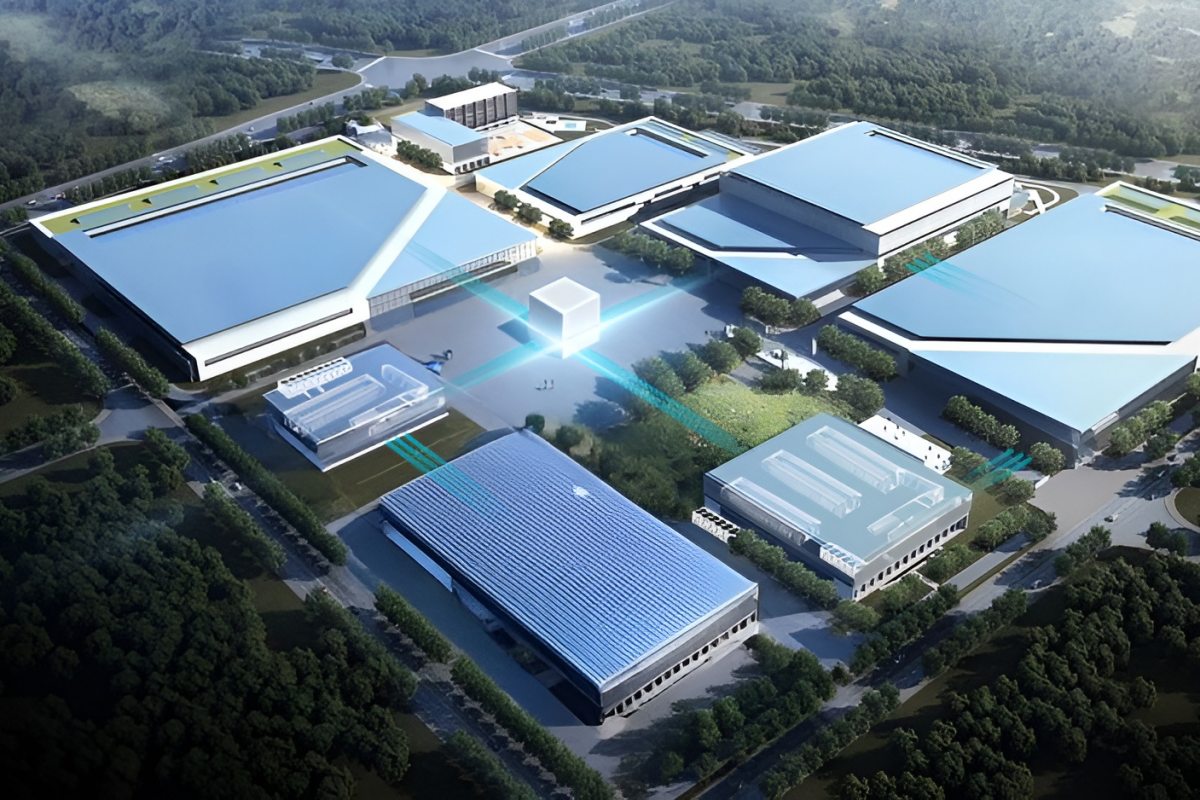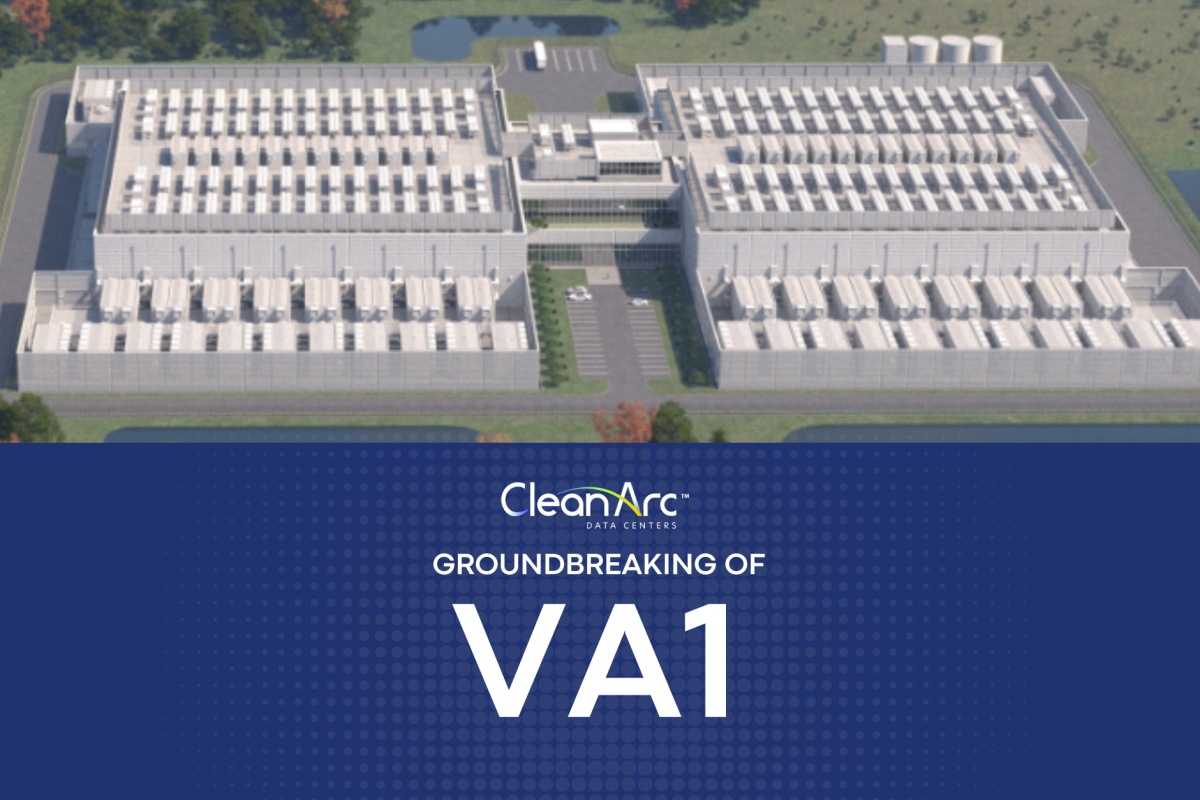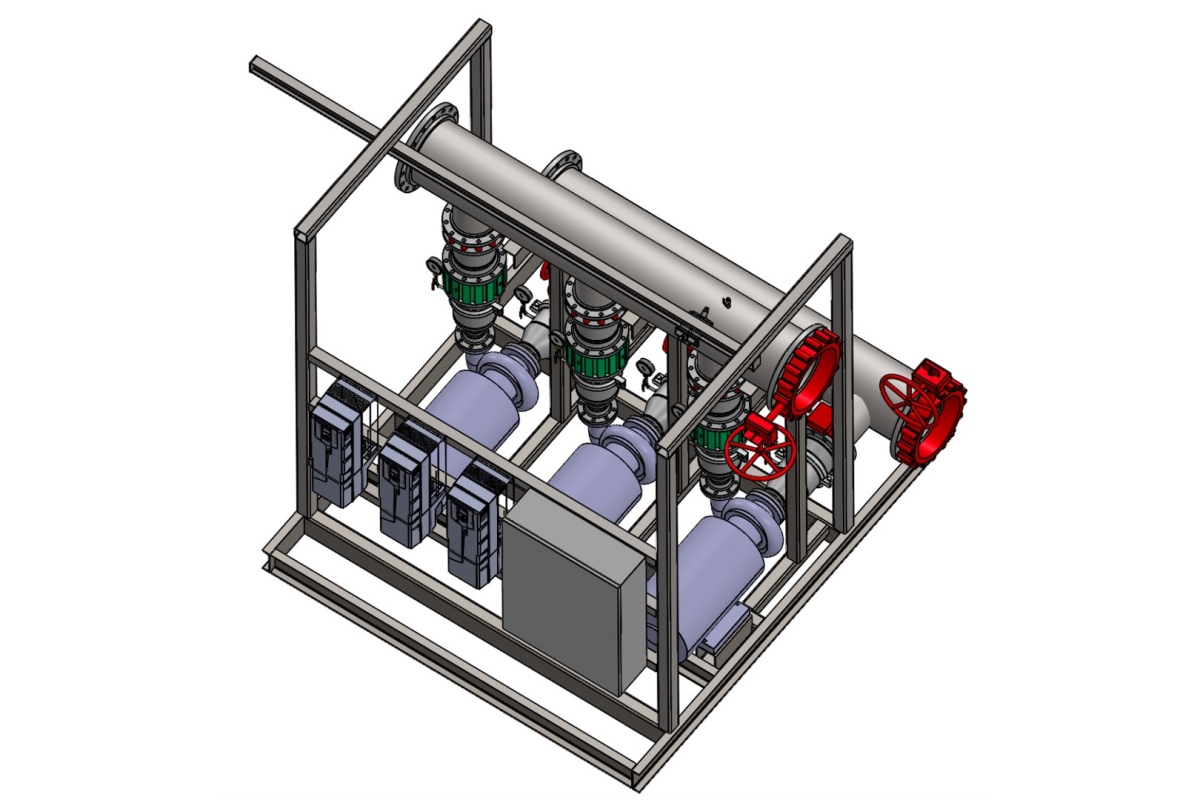2 December 2025
OpenNebula, Canonical partner on cloud security
OpenNebula, Canonical partner on cloud security
1 December 2025
AECOM appointed to deliver data centre in Spain
AECOM appointed to deliver data centre in Spain
1 December 2025
atNorth's DEN01 to supply district heating in Copenhagen
atNorth's DEN01 to supply district heating in Copenhagen
28 November 2025
Subzero Engineering opens new Vietnam facility
Subzero Engineering opens new Vietnam facility
Latest News
Data Centre Build News & Insights
Data Centre Projects: Infrastructure Builds, Innovations & Updates
News
Pure DC secures approval for Madrid data centre
Artificial Intelligence in Data Centre Operations
Data Centre Business News and Industry Trends
Data Centre Operations: Optimising Infrastructure for Performance and Reliability
Data Centre Regulations & UK Compliance Updates
Insights into Data Centre Investment & Market Growth
UK Chancellor urged to use AI for economic growth
Data Centre Infrastructure News & Trends
Enterprise Network Infrastructure: Design, Performance & Security
Innovations in Data Center Power and Cooling Solutions
Vertiv launches DC power system for networks in EMEA
Data Centre Operations: Optimising Infrastructure for Performance and Reliability
Data Centre Software for Smarter Operations
News
Schneider joins OpenUSD alliance to advance digital twins
Data Centre Business News and Industry Trends
Insights into Data Centre Investment & Market Growth
News
atNorth expands team to meet AI demand
Artificial Intelligence in Data Centre Operations
Data Centre Business News and Industry Trends
Data Centre Operations: Optimising Infrastructure for Performance and Reliability
Insights into Data Centre Investment & Market Growth
UK Government unveils major AI investment package
Commercial Real Estate: Property Developments, Trends & Infrastructure
Data Centre Architecture Insights & Best Practices
Data Centre Build News & Insights
Data Centre Business News and Industry Trends
InfraPartners, JLL partner to accelerate AI DC delivery
Data Centre Build News & Insights
Data Centre Infrastructure News & Trends
Innovations in Data Center Power and Cooling Solutions
Renewables and Energy: Infrastructure Builds Driving Sustainable Power
Terra Innovatum, Uvation agree micro-modular nuclear pilot
Data Centre Build News & Insights
Data Centre Operations: Optimising Infrastructure for Performance and Reliability
Data Centre Projects: Infrastructure Builds, Innovations & Updates
Hyperscale Data Centres: Scale, Speed & Strategy
CleanArc breaks ground on 900MW Virginia hyperscale campus
Data Centre Infrastructure News & Trends
Data Centre Security: Protecting Infrastructure from Physical and Cyber Threats
Innovations in Data Center Power and Cooling Solutions
Products
Security Risk Management for Data Centre Infrastructure
SPP Pumps brings fire and cooling experience to DCs










